Yesterday, A South African Air Quality Tragedy
My heart sank as I drove through Pietermaritzburg yesterday and experienced some of the worst air pollution that I have encountered in our beautiful country to date. The New England Landfill was on fire, again! But this time, the smoke had enveloped the entire city. Like you, I care deeply about the health of our people, about air quality and about the preservation of our environment.
The Pietermaritzburg landfill fire was an ominous site to behold and in many respects could be considered a South African tragedy especially by those of us who work in air quality:
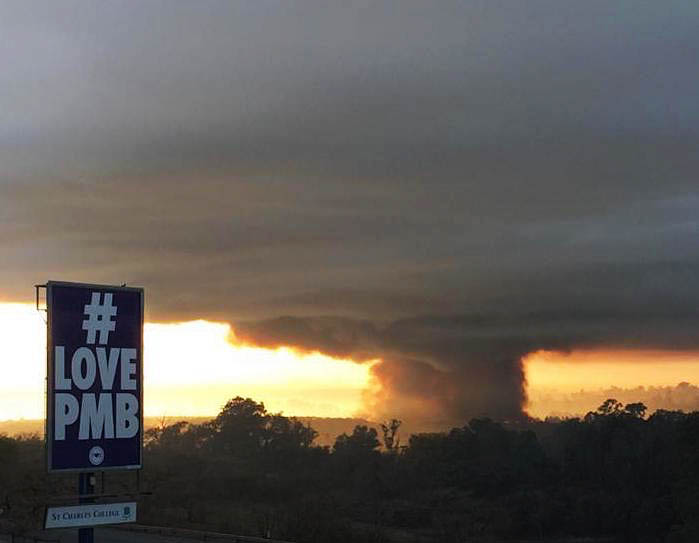
I snapped a picture with my cell phone but it could not do justice to the haze that obscured one’s vision on most of Pietermaritzburg’s streets:
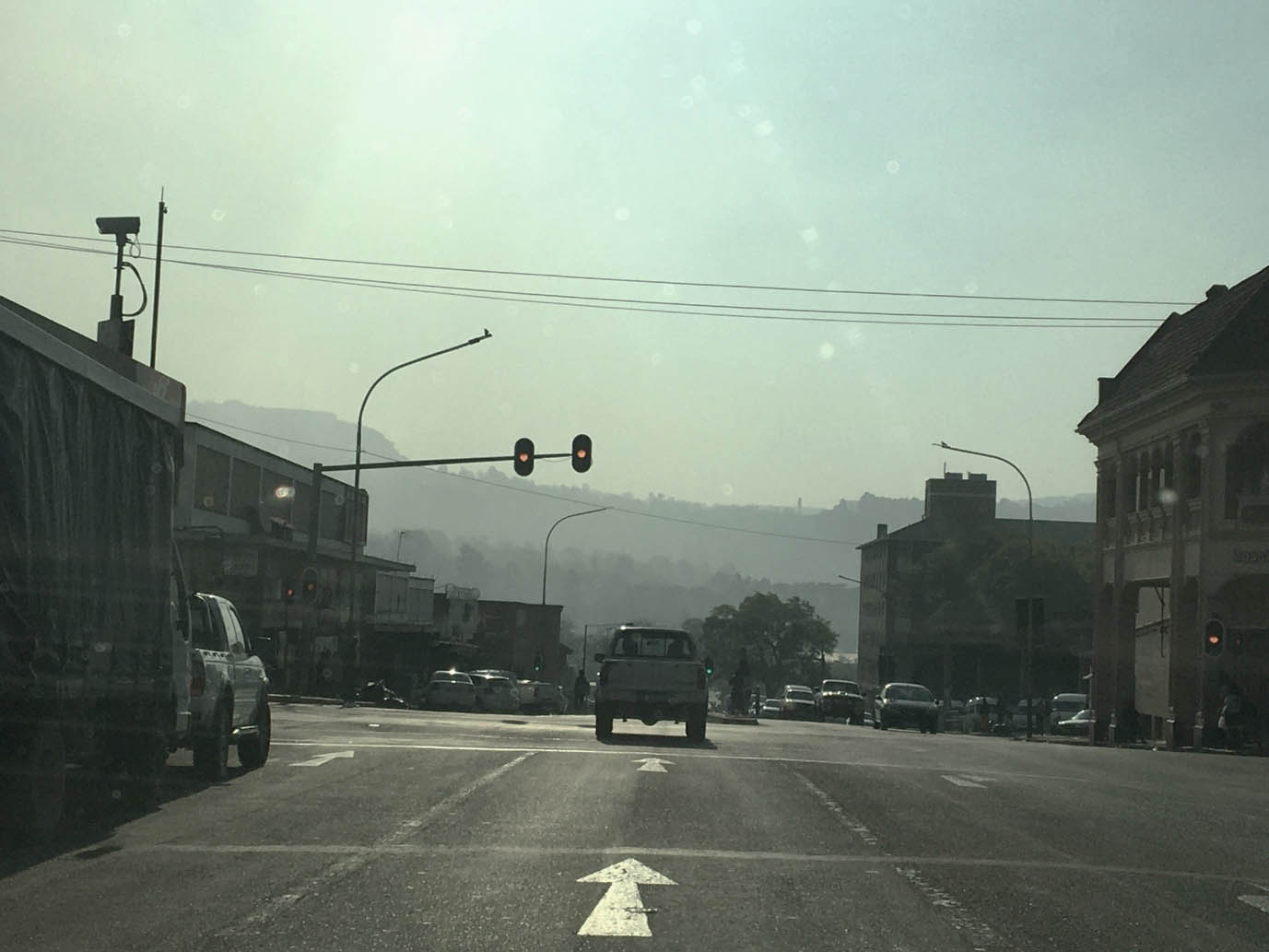
Even 11 km away and many hours after the blaze had started, the plume was still visible:
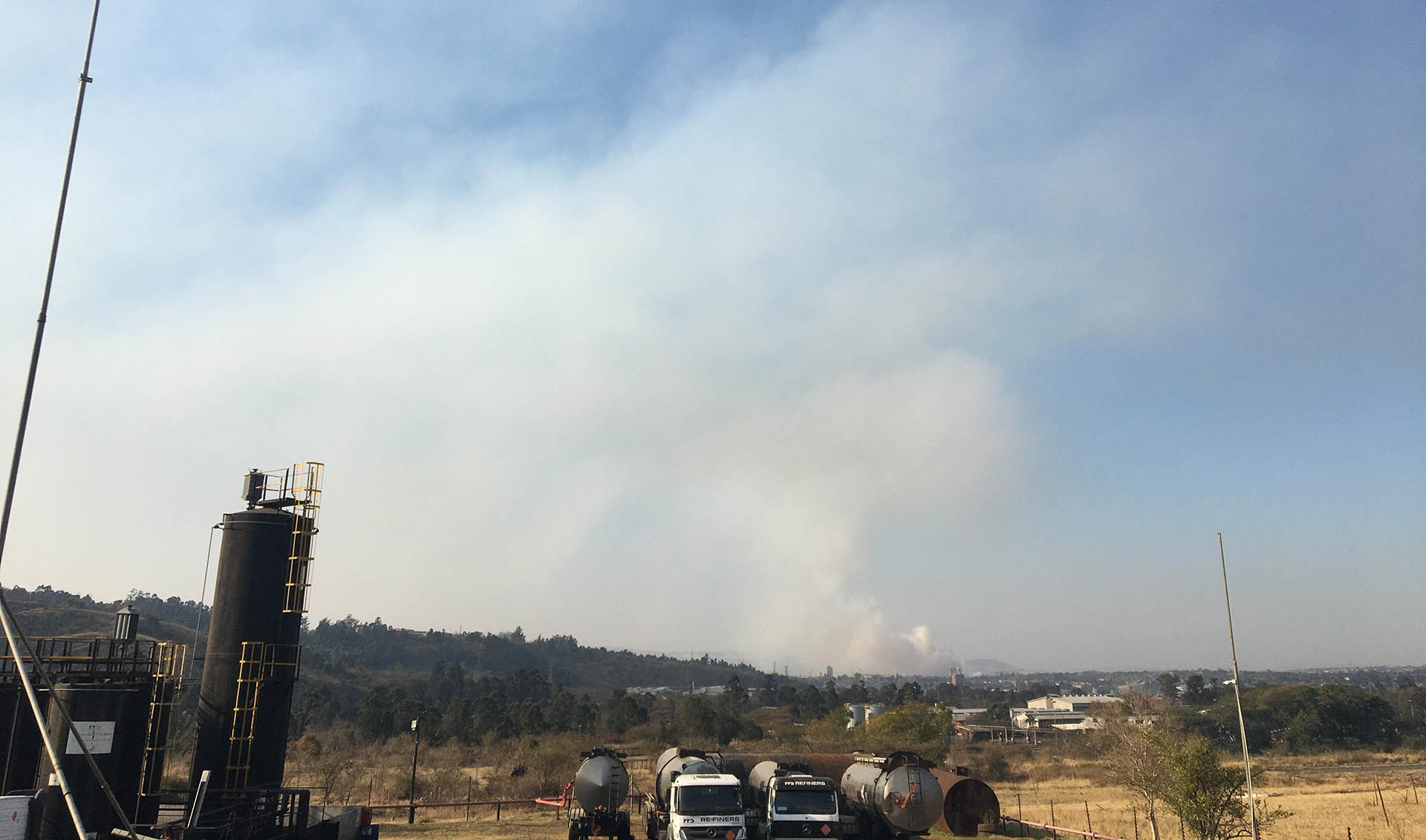
We plotted the schools that are located in near proximity to the landfill and were horrified to see how exposed our children are to these dangerous emissions. The landfill is circled in yellow and the schools are named with yellow text:
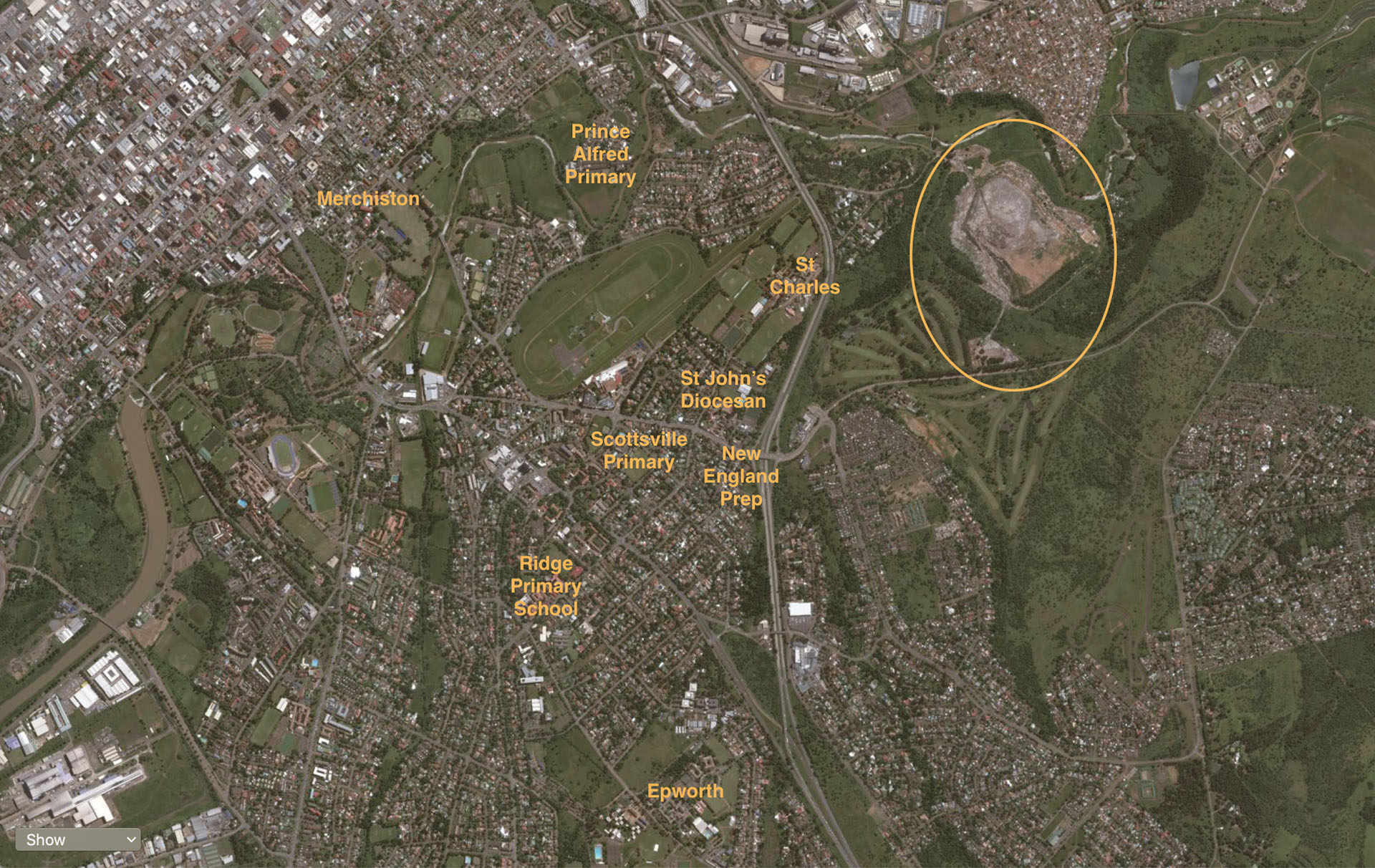
What frightens me most is the fact that the open and uncontrolled burning of waste is one of the primary causes of polychlorinated dibenzo-p-dioxin (PCDDs) and dibenzofuran (PCDFs) emissions in the world today. When waste is combusted in industrial incinerators, careful attention is paid to the cooling of the flue gas to ensure that it swiftly passes through the temperature range of 350ºC down to 250ºC – so that preferential formation of dioxins (PCDDs) and furans (PCDFs) is avoided.
But in open burning on rubbish dumps, there is no such temperature control. As the hot combustion gases cool from in excess of 1000ºC down to ambient temperatures, they pass through this zone of preferential dioxin (PCDD) and furan (PCDF) formation.
Dioxins and furans are formed both in the combustion process and in post combustion. During combustion, hydrocarbon precursors react with chlorinated compounds or complex organic molecules to form dioxins and furans. Post combustion, dioxin and furan precursors condense onto fly ash with free chlorine, as the gases cool. Free chlorine is produced from HCl on the fly ash surface in the presence of oxygen as well as copper species which are present on the particle surface and which act as catalysts. Free chlorine then chlorinates the aromatic ring structures of precursor molecules through substitution reactions. According to the US Department of Energy, the optimum temperature window for the formation of dioxins and furans is between 250ºC and 350ºC.
Dioxins and furans are some of the most toxic chemicals known to science. Dioxins were the primary toxic component of Agent Orange which was the herbicide and defoliant used by the US military as part of its herbicidal warfare program in the Vietnam War. Dioxins and furans lead to changes in hormone systems, reproduction difficulties, suppression of the immune system and skin conditions. Furthermore, some dioxins and furans are carcinogenic.
Of course, we are not only concerned about the dioxin and furan emissions from the landfill site. There is a long list of other pollutants such as metals (Hg, Cd, Tl, Pb, As, Sb, Cr, Co, Cu, Mn, Ni, V), hydrogen chloride (HCl), hydrogen fluoride (HF), ammonia (NH3), oxides of nitrogen (NOx), sulphur dioxide (SO2), carbon monoxide (CO) and Volatile Organic Compounds (VOCs), that are produced when waste is combusted. The list below pertains to the testing of stacks that serve waste incinerators and is taken from NEMAQA, the National Environmental Management Air Quality Act:
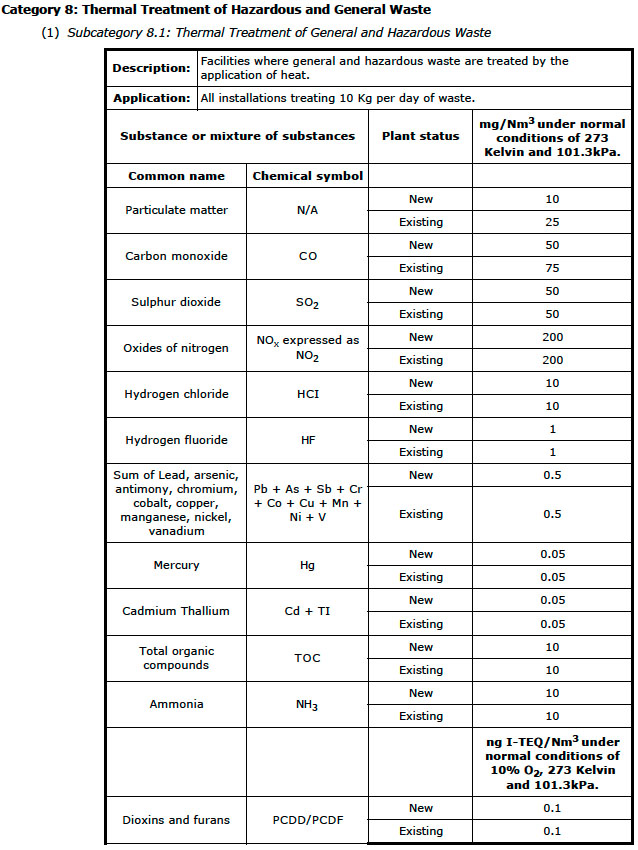
All of these pollutants would likely have been emitted in extremely large quantities in yesterday’s fire. It is devastating that thousands of hours of monitoring, management and care, invested in reducing emissions from incinerators around our country, can be undone in a single uncontrolled incident such as this one.
Nevertheless, we pioneer onwards, hoping for a future where a greater impetus on recycling reduces the load at our landfills, and where increased management of landfills, listed activities, furnaces, boilers and other sources of air pollution, leads to fewer air quality transgressions. We long for the clean air that will secure the future of our children.
And we will continue to fight to protect the environment with our every effort. Thank you for the way in which you continue to serve our precious country through your work in air quality.
